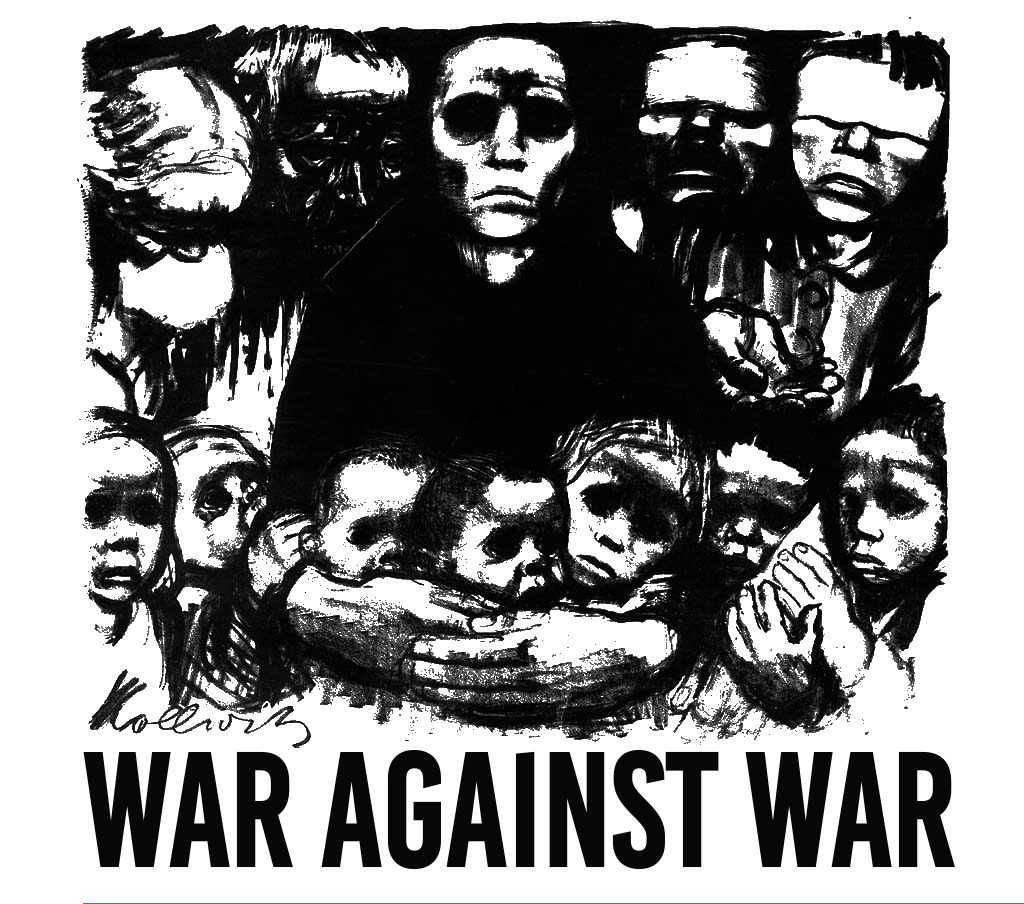This article provides a new conceptualization of regime transformation that allows scholars to address democratization and autocratization as related but obverse processes. We introduce a dataset that captures 680 episodes of regime transformation (ERT) from 1900 to 2019 and offers novel insights into regime change over the past 120 years. The ERT has three main advantages over other approaches. First, it avoids problematic assumptions of unit homogeneity and constant as well as symmetric effects. Second, it integrates key insights from qualitative studies by treating regime change as a gradual and uncertain process. Third, the ERT is based on a unified framework for studying regime transformation in either direction. The dataset differentiates between four broad types of regime transformation: liberalization in autocracies, democratic deepening in democracies, and autocratization in both democracies and autocracies (democratic and autocratic regression). It further distinguishes ten patterns with distinct outcomes, including standard depictions of regime change (i.e. democratic transition or breakdown). A minority (32%) of ERTs produce a regime transition, with the majority of episodes either ending before a transition takes place or not having the potential for such a transition (i.e. further democratization in democratic regimes or further autocratization in autocratic regimes). We also provide comparisons to other datasets, illustrative case studies to demonstrate face validity, and a discussion about how the ERT framework can be applied in peace research.
This was originally published on SAGE Publications Ltd: Journal of Peace Research: Table of Contents.
